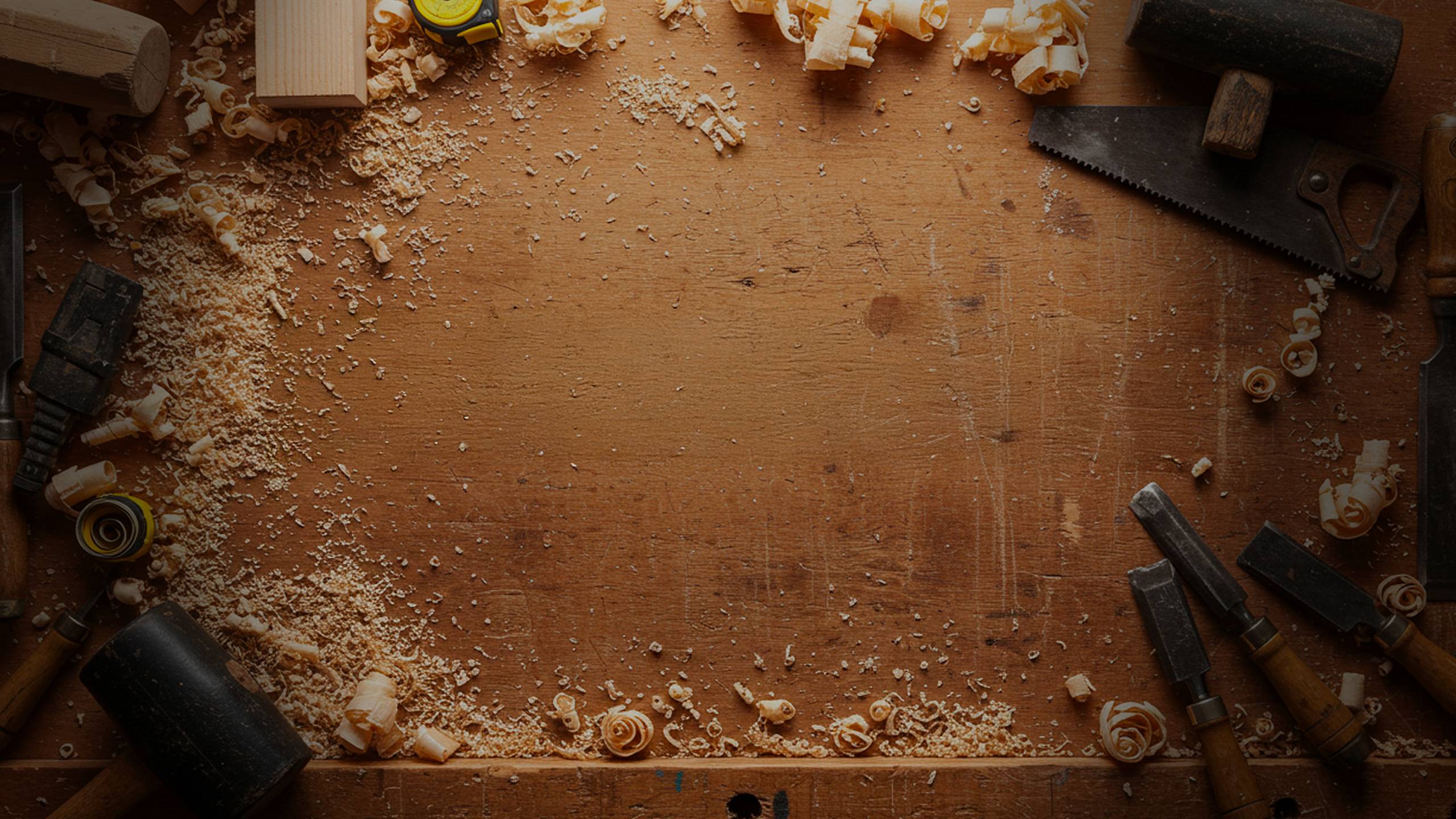Don’t just freshen your air – breathe deep and act. Your business and its people depend on it.
Every woodworker knows the comforting scent of freshly cut timber, the satisfying hum of machines, and the pride in their craft – it's all part of the job. But so is the risk. What many don’t realise is that with every breath, you could be inhaling sawdust; fine, harmful particles that slip past your body’s defences and settle in your lungs. And over time, this invisible threat can take a serious toll on your health.
In this article you‘ll learn:

Breathing in sawdust doesn’t just happen while you’re working – fine wood dust drifts into the air, it settles where you least expect it and it lingers long after the machines stop. The smallest particles are light enough to hang in the air and deep enough to reach your lungs when you inhale them. This is when the damage of breathing in sawdust starts. Asthma. Chronic bronchitis. Even nasal cancer. The Health and Safety Executive (HSE) warns that inhaling sawdust poses a major health risk – and enforce strict exposure limits. These particles are fine enough to bypass your masks and go.
One lead furniture designer from a renowned UK woodworking company shared how he used to come home smelling like sawdust. It was something he saw as a badge of honour, until he realised what it meant. He was breathing in wood dust every day.
And not just at the bench. He was a pedestrian, meaning he was office-based consequently away from the workshop floor, somewhere no one realises dust still lingers. He thought he was fine without protection, yet the fine particles were affecting his health.
"During busy production times, the dust used to hang so heavy you could taste the material being cut. Now, with cleaner air in the workshop, it feels fresher, lighter – even quieter. It’s a much nicer environment to work in."
His team saw an 80% reduction in airborne dust after improving their air purification, creating a workshop where the air is as carefully crafted as the furniture they produce.
Breathing in sawdust has been classified as a Group 1 carcinogen by the International Agency for Research on Cancer (IARC) Research shows long-term exposure as well as inhaling sawdust can lead to serious health problems, including:
Long-term exposure to wood dust can cause inflammation in the airways, leading to wheezing, tightness in the chest, and chronic coughing.
Many woodworkers develop sensitivities resulting in eye irritation, skin rashes, or respiratory discomfort.
Ongoing irritation from fine dust can lead to persistent mucus-producing cough and breathlessness.
Particularly linked to hardwood dust, these cancers develop slowly but are directly connected to long-term exposure.
Fine dust particles that bypass your body’s defences can lodge deep in your lungs, increasing the risk of developing cancer over years of exposure.
These wood dust health effects don’t just impact machine operators. Inhaled sawdust spreads across the entire workspace, exposing office staff, visitors, and anyone passing through. Particles 100 times smaller than a grain of sand can bypass your defences without you even noticing.
Understanding these risks is crucial to protect your health and your team’s future. That’s why we’ve developed a practical sawdust and safety guide so you can take the next step in protecting your team.
The HSE is actively inspecting woodworking businesses across the UK, enforcing COSHH regulations on wood dust exposure.
But the reality is that even the legal limits are surprisingly high and outdated.
For hardwood dust, the limit is 3,000 µg/m³, and for softwood it’s 5,000 µg/m³. That means UK regulations allow you to inhale hundreds of times more dust than the 15 µg/m³ guideline considered safe outdoors by the World Health Organisation.
This is not about avoiding fines or ticking a compliance box – it’s about protecting your lungs, your health, and your future in woodworking. The only effective protection is taking control of your air quality ensuring it is far beyond the minimum required by law.
At Zehnder Clean Air Solutions, we understand that good extraction alone is not enough. Our industrial air purifiers are designed to complement your existing extraction systems, targeting the ultra-fine wood dust particles that escape traditional capture ensuring your workshop benefits from cleaner, healthier air.
Quietly running in the background, our purifiers reduce airborne dust levels by up to 90%. They help you:
Improve the air your team breathes
Reduce wear and tear on your machinery
Meet health and safety goals without compromise
Easy to install. Fully managed. Built for busy workshops.
Take control of the air you breathe in your workshop. Make sure the scent of wood remains a joy, not a hidden danger.
Don’t just freshen your air – breathe deep and act. Your business and its people depend on it.
We’ll
be in contact soon to help you breathe easier.
In the meantime, feel free to explore more clean air insights over on our blog.
Yes. Even with extraction systems and masks, the finest wood dust particles often stay airborne and can still be inhaled.
Prolonged exposure can lead to asthma, allergic reactions, bronchitis, nasal cancers, and even lung cancer.
Use air quality monitors to measure particulate matter. Zehnder CARA dashboard makes wood dust levels visible and trackable in real time.
COSHH regulations currently allow 3,000 µg/m³ for hardwood dust and 5,000 µg/m³ for softwood dust. If both, hard and soft wood are mixed, the limit drops to 3,000 µg/m3. The World Health Organization (WHO) recommends a limit of just 15 µg/m³ – that’s 333 times lower than what COSHH permits.
Combine LEV systems, air purifiers, regular cleaning, air monitoring, and team training. PPE like masks should always be worn properly.